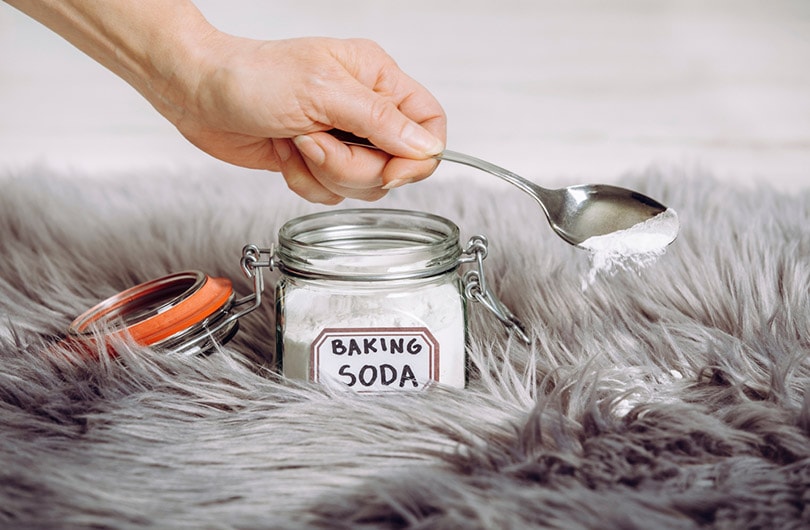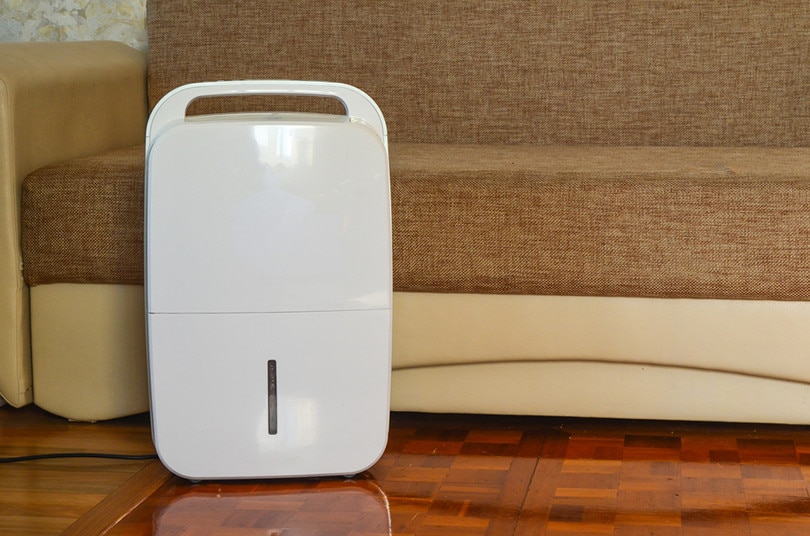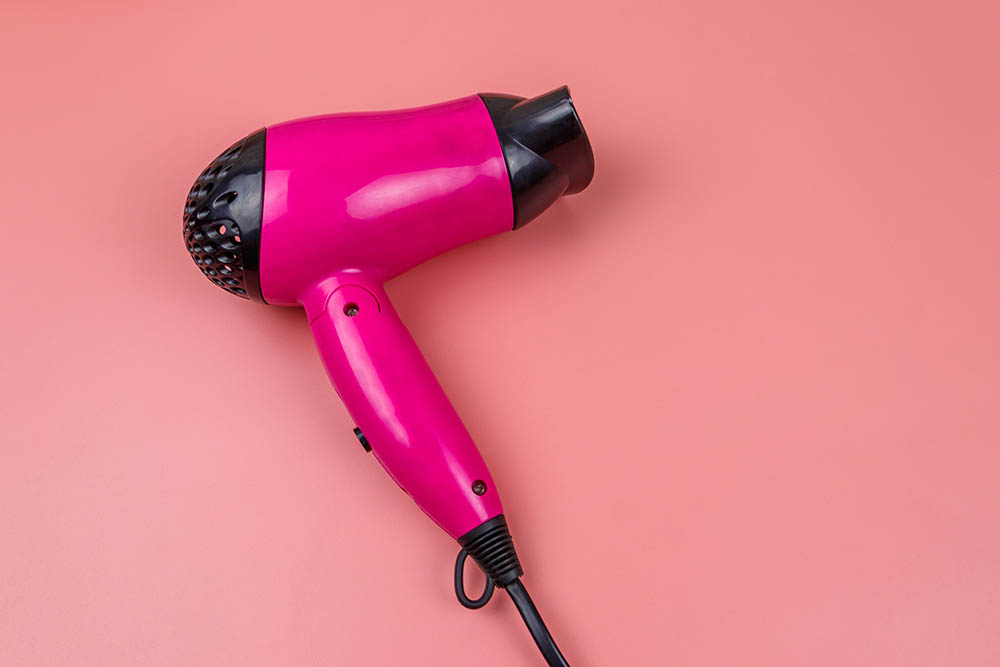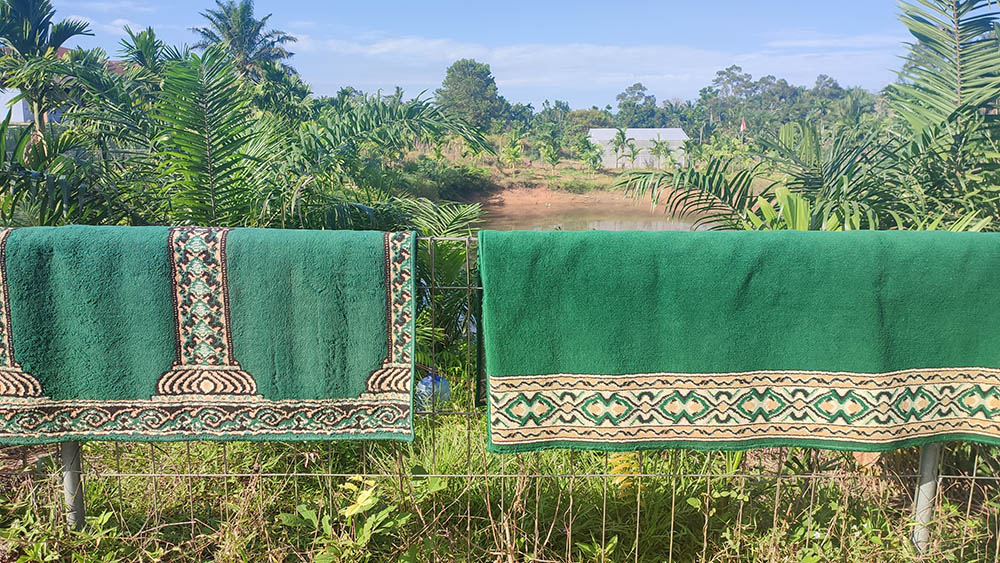How to Dry a Wet Carpet Fast: 7 Effective Methods
-

- Last updated:

Coming home to a leaking pipe and a soaked carpet is a nightmare. A wet carpet is a perfect recipe for mold, mildew, and fungus, which can start producing less than 24 hours after the accident.
We have created this guide to help you prevent considerable damage to your carpet, furniture, and surroundings. This post will outline quick ways to achieve this in as little time as possible. Additionally, you can use some methods even in the cold months. Let’s dive in.
My Carpet Is Wet, Now What?
First and foremost, turn off electricity from the room housing your carpet (or the main switch) before getting in. Remember, electricity and water should not mix to minimize the chances of electrocution. Then unhook all electrical devices, including extensions, from their power source.
Now, identify where the flooded water is coming from. Is the water coming from a clean or dirty source? You’ll need to call the experts if the carpet’s dampness is from contaminated water like sewage backup or your washing machine drain water.
If the damage is caused by clean water, here are the various methods you can try. Start by removing furniture and everything else sitting on the carpet and place them out to dry. This will simplify your cleaning process and ensure that the furniture is not affected by mold.
Apart from the molds and fungus, you also want to dry the carpet fast so as not to trigger allergies and respiratory infections. Not to mention to get rid of the awful smell of a damp carpet.
So with everything out of the way, here are seven ways to dry a wet carpet:
The 7 Ways to Dry a Wet Carpet Fast
1. A Wet Vacuum
An excellent way to get rid of excess water from your carpet is to use a wet vacuum. Slowly move along the wet carpet, cleaning it while emptying the vacuum’s tanks until it becomes dry. Please note that a dry vacuum will not fix the issue because it has less suction power than a wet vacuum. Regular home vacuums also cannot get rid of a lot of moisture, so if you use them, they are likely to suffer damage. Wet vacuums, however, work efficiently in removing flooded water.
2. A Dehumidifier

A dehumidifier regulates moisture content in your home by keeping the air dry and clear.
- Hand-dry the wet carpet using clean, old pieces of clothes or a towel. Press into the carpet with the towel or old rags to soak in water. Wringe, rinse, and repeat until you have absorbed all the dripping water.
- Ensure enough circulation of air by opening up your windows. After, switch your ceiling fans and dehumidifier on for about 12 hours. It would be best to do this overnight for convenience.
- Finally, ensure you check out whether the carpet is entirely dry using a paper towel. Do not forget to check the carpet pad to confirm that it’s dry. If left wet, it will damage the floor and lead to the growth of molds.
3. Baking Soda
Baking soda can absorb a lot of water. Depending on the damage caused to the carpet, you’ll need at least one full container of baking soda. Generously cover the affected area with baking soda, then let it suck up the moisture for about 30 minutes to an hour.
Apart from absorbing water, baking soda will also remove the unpleasant damp smell of the carpet. After that, vacuum the water and baking soda together to enjoy a dry carpet.
4. Hair Dryer

Hair dryers also come in handy whenever you want to dry a wet carpet fast. This method will work if the water damage caused is not severe, for example, a water spill on the carpet.
Here is how you should use it. Switch on the hair dryer and rotate it over the wet area until it dries up. By doing this, you are using heat to evaporate water from the carpet.
You’ll need to exercise more caution if your carpet is made of sensitive materials like polypropylene fibers. Here, to increase the carpet’s lifespan and reduce the chances of damaging it, you’ll need to apply minimal heat.
5. Carpet Dryer
A carpet dryer would be the perfect tool if the water pool caused extreme damage. The dryer will quickly blow dry large spaces of your carpet deeply and extensively. Its air heats the water inside, keeping your room dry.
Since purchasing it is expensive, you can always rent one from your local hardware store to dry up the mess.
6. Sun Drying

Sun-drying your carpet is the best method to use if your carpet is not wall-to-wall on the floor of your home.
- Use clean old rags to absorb excess water from the carpet.
- Place the rags on the wet areas while pressing them gently with your hands and feet to soak up the water.
- Rinse out the excess water on nearby buckets, then take the carpet out to dry under the sun.
Sun-drying is an efficient technique that will keep mold at bay thanks to the antibacterial UV rays from the sun. The sun will also dry out the carpets safely, regardless of their delicate materials, ensuring the carpet’s durability.
7. Iron and Towels
Using an iron and towels is a quick DIY tip whenever you have mini-accidents like a full jug of water pouring on your floor. For this hack, you’ll need an iron box, paper towels, and dry towels. Start by removing excess moisture by patting the wet area with a dry piece of cloth.
After, put the other towel on the slightly wet surface before steaming it dry with the iron. Leave the area to cool for a while. Then, confirm whether it’s still wet using a paper towel. If the paper towel turns wet, continue ironing until the area dries. Finally, your paper towel should come out dry, confirming the dryness of the carpet.
Final Thoughts
There you go! Drying your carpet is not as hard as you thought. You will first have to identify the extent to which the flooded water affected your carpet. Depending on the severity, you can now use the appropriate method. For instance, hiring a carpet dryer is no use if you have a small spill. Nor can you use baking soda for wall-to-wall water damage.
Featured Image Credit: FotoHelin, Shutterstock
Contents

